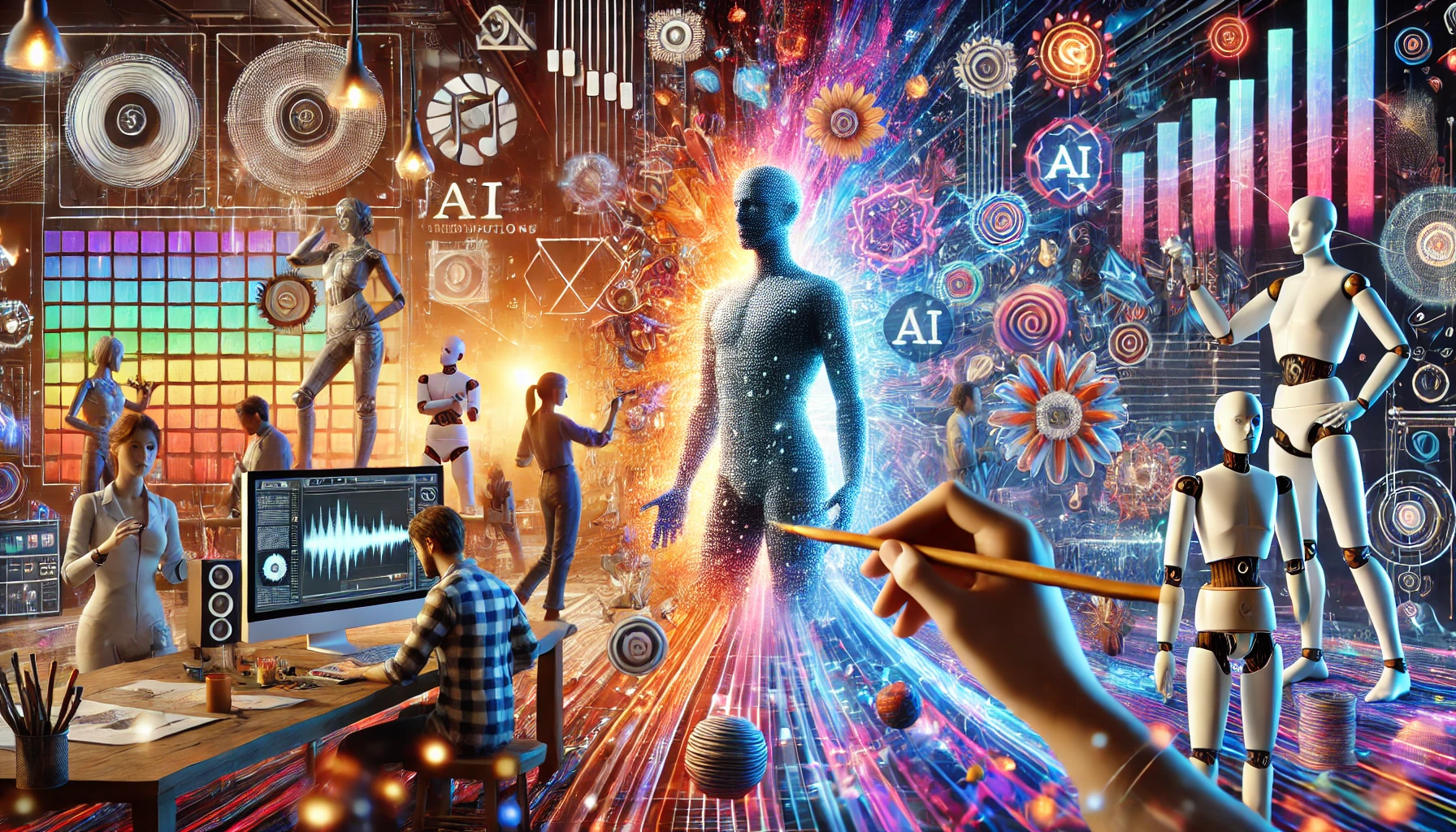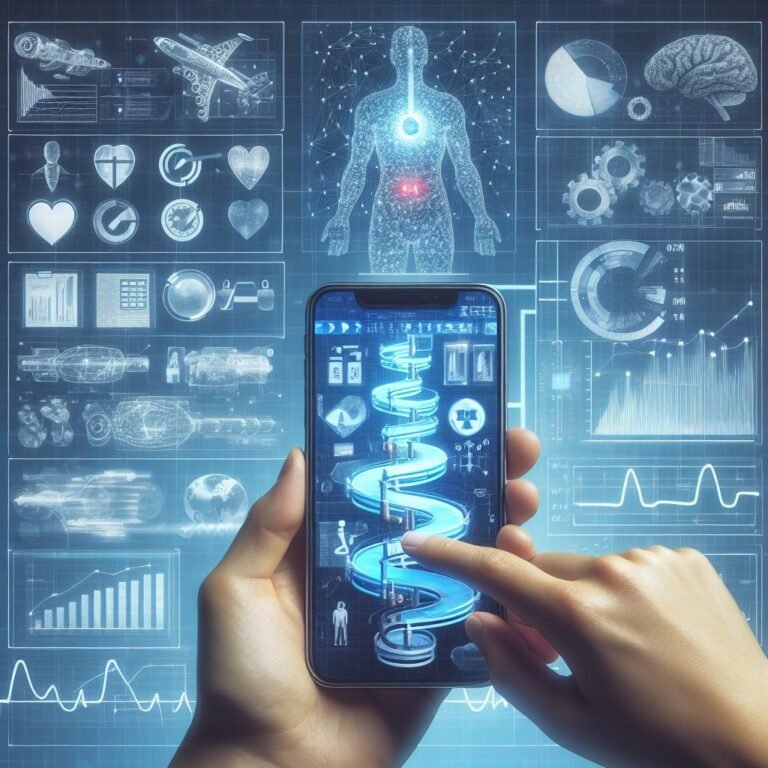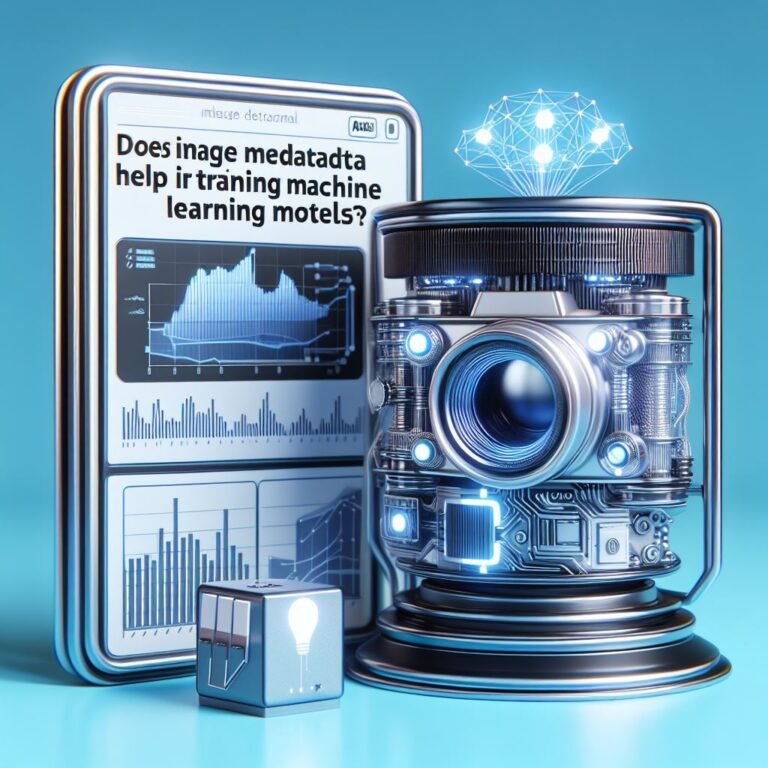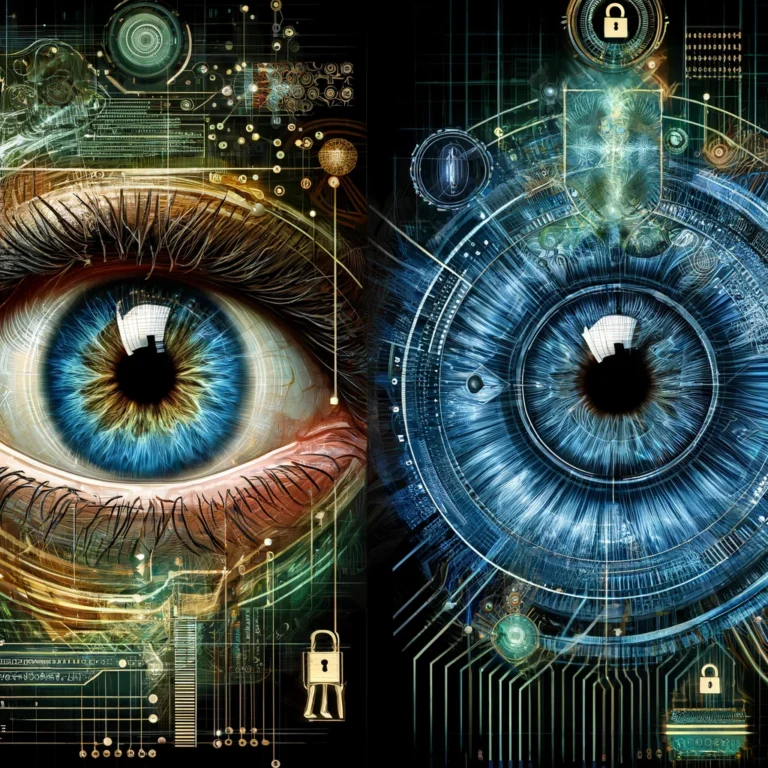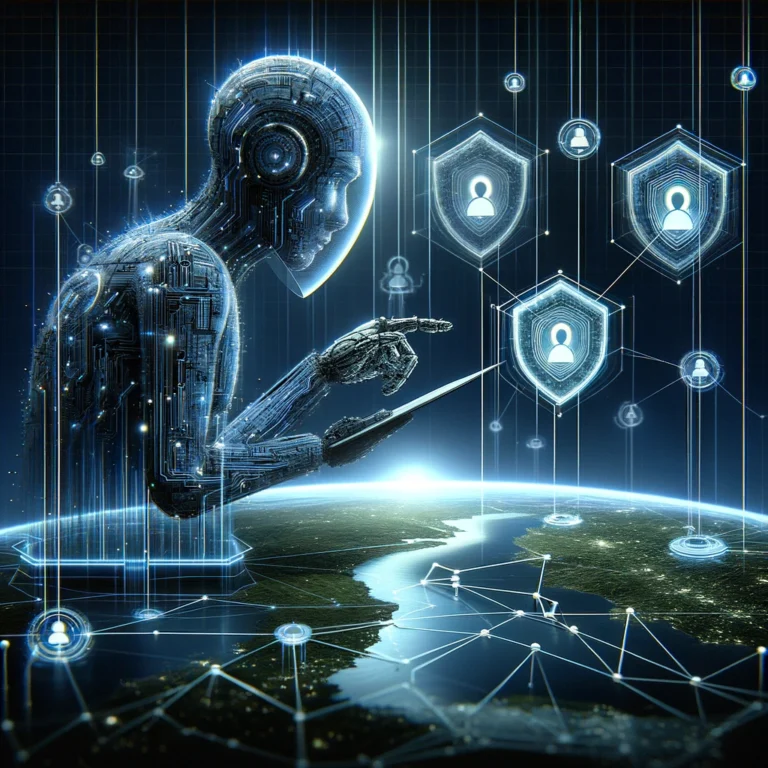AI in Creative Industries
Artificial Intelligence (AI) has entered almost every field, revolutionizing industries and transforming traditional workflows. The creative industries, known for their emphasis on human ingenuity and originality, are no exception to this trend. From art and music to design and filmmaking, AI is not just a tool but a collaborator, helping artists, musicians, and designers push the boundaries of what’s creatively possible. AI-powered algorithms can analyze vast amounts of data, recognize patterns, and generate creative content that can either inspire human creators or stand alone as original works. This integration of AI into creative processes is democratizing creativity, allowing people without formal training in the arts to experiment and create high-quality work. Moreover, AI enhances efficiency by automating repetitive tasks, freeing up more time for creators to focus on the imaginative aspects of their work. For instance, AI can quickly generate multiple design iterations, compose music tailored to specific moods, or even assist in scriptwriting by suggesting plot developments. This article explores how AI is shaping various creative fields, making creativity not only more accessible to a broader audience but also pushing the limits of what we consider possible in art, music, design, and filmmaking.
Introduction to AI in Creative Industries
Artificial Intelligence refers to the simulation of human intelligence in machines. In the creative industries, AI helps generate ideas, automate tasks, and even create original content. While some fear that AI may replace human creativity, it’s more about enhancing it. Let’s explore the impact of AI across various creative fields.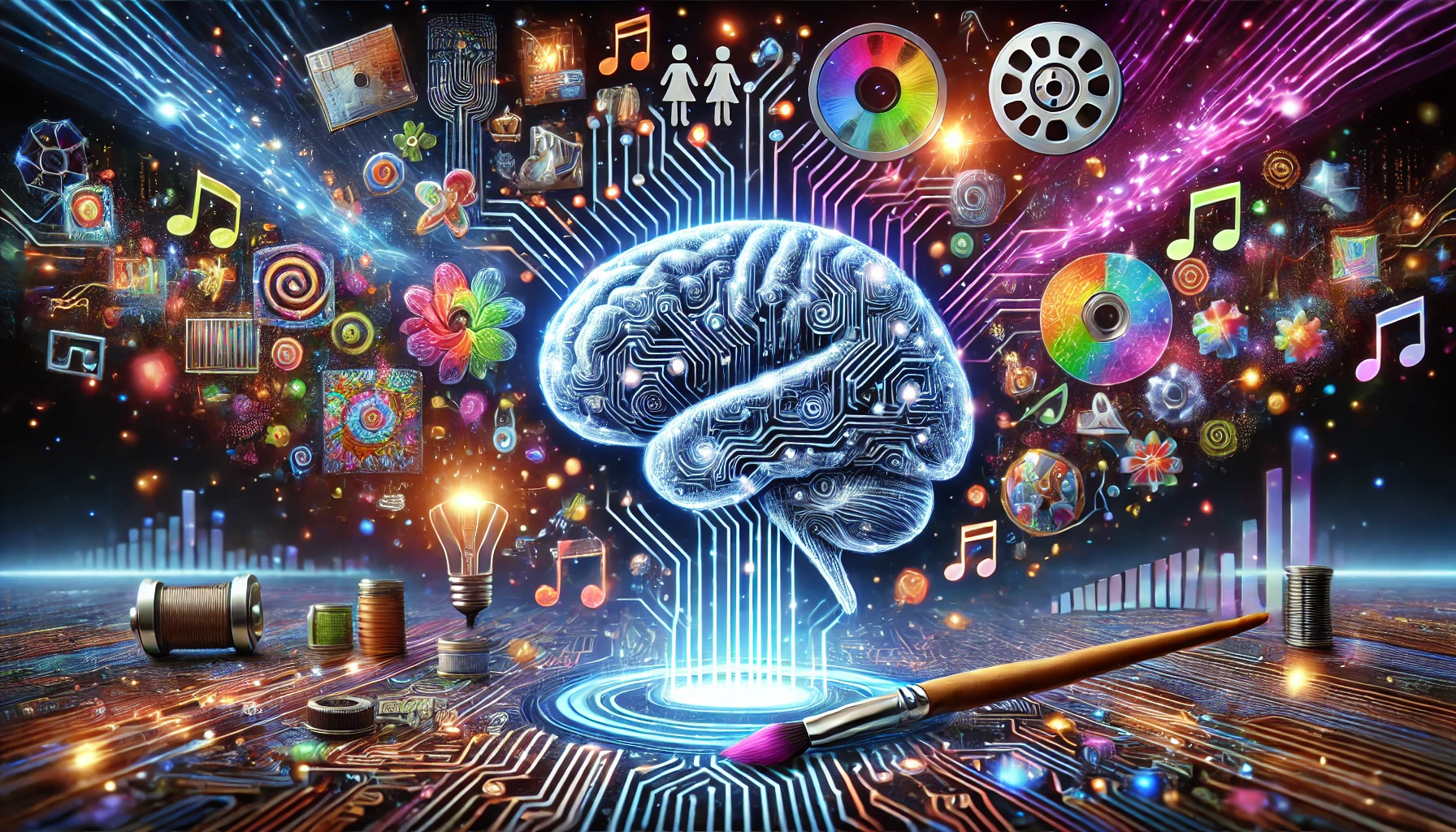
How AI is Changing Art Creation
AI has enabled artists to explore new forms, techniques, and creative possibilities that were previously unimaginable. With AI tools, artists can:
- Generate artwork based on specific styles, including those of famous artists or entirely new, AI-generated aesthetics.
- Experiment with colors, patterns, and compositions in ways that would be time-consuming or difficult to achieve manually.
- Collaborate with AI to create unique, innovative pieces that blend human creativity with machine precision, opening up new frontiers in artistic expression.
For instance, GANs (Generative Adversarial Networks) can generate art that mimics the style of famous artists like Van Gogh or Picasso.
Examples of AI in Art
| Artist | AI Tool Used | Description |
|---|---|---|
| Mario Klingemann | GAN (Generative Adversarial Networks) | Creates surreal, abstract art using AI. |
| Refik Anadol | Machine Learning Algorithms | Integrates AI with large datasets to create immersive installations. |
How to Use AI for Art Creation
- Choose an AI Tool: Select an AI tool that fits your needs, such as DeepArt or Artbreeder.
- Upload Images: Start by uploading your image or selecting a style.
- Customize Output: Adjust parameters like style intensity and color to achieve your desired result.
- Review and Finalize: Review the AI-generated artwork, make necessary tweaks, and finalize it.
AI in Music
AI’s Role in Music Composition
AI is revolutionizing music composition by:
- Creating Original Scores: AI can compose music based on specific genres or moods.
- Assisting in Music Production: AI helps in mixing and mastering tracks by analyzing sound frequencies.
- Generating Lyrics: AI tools can generate lyrics by analyzing existing songs and trends.
Popular AI Music Tools
| Tool | Function | Usage |
|---|---|---|
| Amper Music | AI Music Composition | Composes music tailored to the user’s input. |
| AIVA | Virtual Composer | Composes classical music and assists with musical arrangements. |
Steps to Create Music with AI
- Select an AI Tool: Choose a platform like Amper Music or AIVA.
- Input Your Preferences: Define the genre, tempo, and mood for the composition.
- Generate the Track: Allow the AI to create the music based on your inputs.
- Edit and Finalize: Adjust the track as needed and finalize your composition.
AI in Design
How AI is Transforming Design
AI assists designers by:
- Automating Repetitive Tasks: AI tools can handle mundane tasks like resizing images or selecting color palettes.
- Enhancing Creativity: AI suggests design elements, layouts, and fonts that align with current trends.
- Improving Efficiency: AI tools like Canva and Adobe Sensei provide smart design recommendations, saving time and effort.
AI Design Tools
| Tool | Function | Usage |
|---|---|---|
| Canva | Graphic Design Platform | Provides AI-driven templates and design suggestions. |
| Adobe Sensei | AI in Adobe Suite | Automates design processes and offers AI-generated insights. |
Steps to Create Designs with AI
- Choose a Design Tool: Opt for AI-powered tools like Canva or Adobe Sensei.
- Select a Template: Begin with a template that suits your project.
- Customize Design: Use AI suggestions to choose colors, fonts, and layouts.
- Export the Design: Once satisfied, export the design in your desired format.
AI in Filmmaking
AI’s Role in Modern Filmmaking
AI is reshaping the filmmaking industry by:
- Scriptwriting: AI tools can generate scripts or provide story suggestions based on genre or theme.
- Video Editing: AI assists in editing by automating cuts, transitions, and even color grading.
- Special Effects: AI enables more realistic and efficient generation of special effects.
Examples of AI in Filmmaking
| Tool | Function | Usage |
|---|---|---|
| ScriptBook | Script Analysis | Analyzes scripts to predict box office success. |
| Runway ML | Video Editing and Effects | Provides AI-powered video editing and special effects tools. |
Steps to Use AI in Filmmaking
- Select an AI Tool: Start by choosing the right AI tool for your specific needs. Tools like ScriptBook can analyze scripts and predict their success, while Runway ML offers advanced video editing and special effects capabilities. Ensure the tool you select aligns with your project’s goals, whether it’s for pre-production, post-production, or both.
- Input Your Requirements: Clearly define the parameters for your script or video. This includes setting the genre, tone, and key plot points for script analysis or specifying the style, transitions, and effects for video editing.
- Let AI Assist: Allow the AI to work its magic. It can generate script suggestions, edit scenes, or add realistic effects, saving you time and providing creative input that you might not have considered.
- Review and Adjust: Carefully review the AI-generated content. Make any necessary adjustments to ensure the final product aligns with your vision. Fine-tune the script, edit cuts, or tweak effects as needed, ensuring the AI output enhances your creative work without overshadowing your personal touch.
AI in Fashion Design
The Impact of AI on Fashion
AI is influencing fashion by:
- Predicting Trends: AI analyzes data to forecast fashion trends.
- Customizing Designs: AI allows for personalized fashion designs based on individual preferences.
- Enhancing Sustainability: AI optimizes fabric usage and reduces waste.
AI Fashion Tools
| Tool | Function | Usage |
|---|---|---|
| Stitch Fix | Personalized Fashion | Uses AI to recommend clothing based on personal style. |
| Heuritech | Trend Prediction | Analyzes social media and fashion data to predict trends. |
Steps to Incorporate AI in Fashion Design
- Choose a Fashion AI Tool: Opt for tools like Stitch Fix or Heuritech.
- Analyze Data: Use AI to analyze consumer preferences and trends.
- Design and Customize: Create fashion designs that align with the data insights.
- Implement and Review: Use AI to optimize the design process, ensuring minimal waste and maximum efficiency.
FAQs About AI in Creative Industries
1. Will AI replace human creativity?
AI is not a replacement for human creativity but rather a tool that enhances and complements it.
2. How expensive are AI tools for creative industries?
The cost varies; some tools offer free versions, while others may require a subscription or one-time payment.
3. Do I need technical skills to use AI in creative work?
Basic technical knowledge can be helpful, but many AI tools are user-friendly and designed for non-technical users.
4. Can AI generate original content?
Yes, AI can create original content, but it often needs human input to refine and personalize the output.
5. How secure is AI-generated content?
Security depends on the platform used; reputable tools prioritize data protection and content security.
Conclusion
AI is revolutionizing the creative industries by making creativity more accessible, efficient, and innovative. From art and music to design and filmmaking, AI tools empower creators to push the boundaries of what’s possible. While AI won’t replace human creativity, it serves as a powerful ally in the creative process. As these technologies continue to evolve, the possibilities for AI in creative industries are virtually limitless. Embracing AI in your creative workflow can lead to exciting new opportunities and innovations.

